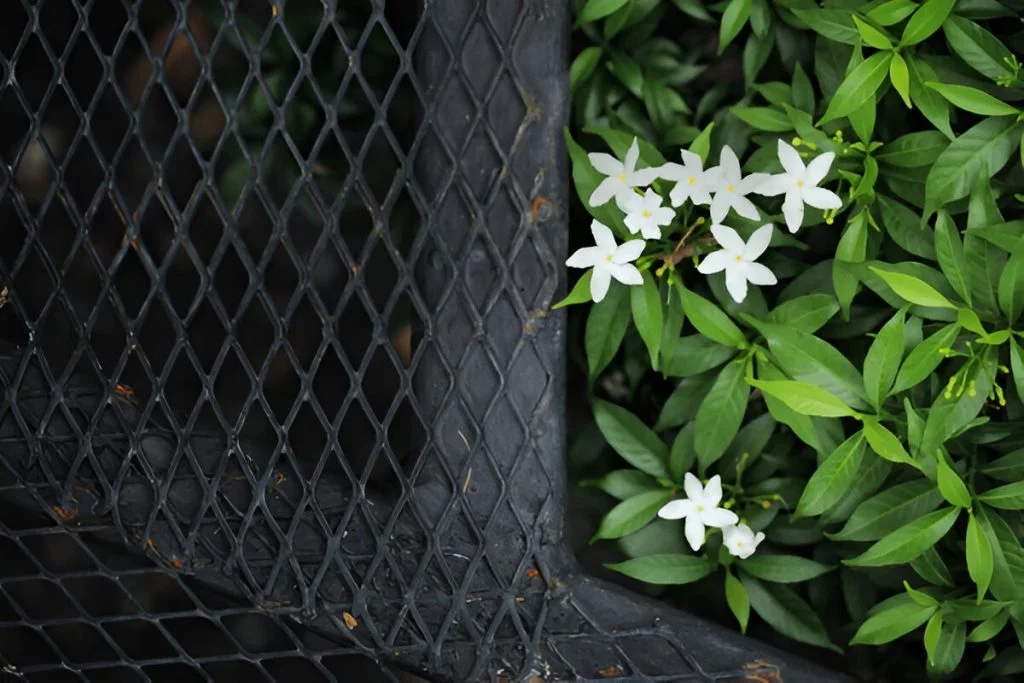Experiencing a leak or flood in your home is stressful. Water damage can compromise the structural integrity of your property, lead to mold growth, and create costly repairs if not handled properly. But can ceiling drying really save your home after such incidents? At Structural Drying Australia, we specialize in professional drying solutions that protect your property and restore safety. Let’s explore how ceiling drying works and why acting quickly can make all the difference.
What Is Ceiling Drying and Why Is It Important?
Ceiling drying is a specialized process designed to remove moisture from ceilings after leaks, flooding, or water damage. When water penetrates a ceiling, it can seep into insulation, plaster, or drywall, causing swelling, staining, and structural weakness. Traditional methods like fans or heaters may not reach deep moisture pockets, but professional ceiling drying targets these areas effectively.
Acting promptly is crucial. The longer moisture remains trapped, the higher the risk of mold, mildew, and permanent damage. By choosing expert services like Structural Drying Australia, you ensure that hidden moisture is detected and removed safely.
How Does Ceiling Drying Work?
Ceiling drying involves several steps to ensure thorough moisture removal:
-
Assessment: Professionals inspect the affected ceiling and surrounding areas using moisture meters and thermal imaging cameras to locate hidden water pockets.
-
Preparation: Protective measures are taken to prevent damage to furniture and flooring. In some cases, affected sections of drywall may be temporarily removed.
-
Targeted Drying: High-efficiency air movers and dehumidifiers are used to circulate air and extract moisture from the ceiling. Specialized injectidry systems can even deliver warm, dry air behind the ceiling without extensive demolition.
-
Monitoring: Moisture levels are continually monitored until they return to safe, pre-damage levels. This ensures the ceiling is completely dry and ready for repairs or restoration.
This method not only restores the ceiling but also prevents long-term damage, reducing costs associated with structural repairs or mold remediation.
Can Wet Wall Drying Complement Ceiling Drying?
Often, water doesn’t just stop at the ceiling—it travels down walls, saturating plaster, drywall, and insulation. This is where wet wall drying becomes essential. Wet wall drying focuses on extracting moisture from walls affected by leaks or flooding.
By combining ceiling drying with wet wall drying, homeowners can prevent hidden water from causing secondary damage. Moisture trapped in walls can weaken structural components and promote mold growth. Professionals at Structural Drying Australia use advanced techniques to ensure walls are thoroughly dried, safeguarding both your home’s structure and indoor air quality.
How Quickly Should I Call for Ceiling Drying?
Timing is critical after water damage. The first 24 to 48 hours following a leak or flood are decisive. Immediate intervention can prevent:
-
Mold and mildew growth
-
Warping and swelling of ceilings and walls
-
Electrical hazards from water exposure
-
Permanent stains or damage to ceilings
Delaying ceiling drying increases the risk of costly repairs and health hazards. Contacting professionals like Structural Drying Australia ensures rapid assessment and effective drying solutions tailored to your home’s specific needs.
Signs That Your Ceiling Needs Drying
Not all leaks are obvious. Sometimes, water damage remains hidden until it worsens. Key indicators that you need ceiling drying include:
-
Discoloration or water stains on the ceiling
-
Sagging or bulging ceiling panels
-
Musty odors indicating moisture or mold growth
-
Peeling paint or wallpaper
-
Dampness felt when touching the ceiling
If any of these signs appear, it’s essential to act immediately. Professionals can detect hidden moisture and perform targeted ceiling drying before permanent damage occurs.
DIY Methods vs. Professional Ceiling Drying
While DIY approaches like fans, towels, or hair dryers may provide temporary relief, they rarely address the problem completely. DIY methods often fail to reach hidden moisture in insulation or behind ceiling panels, leaving your home vulnerable to:
-
Structural damage
-
Mold infestations
-
Unpleasant odors
-
Increased repair costs
Professional ceiling drying services use advanced equipment, monitoring technology, and experience to remove moisture thoroughly. Investing in expert services saves money and protects your home’s structural integrity in the long run.
How Long Does Ceiling and Wet Wall Drying Take?
The duration of the drying process depends on several factors:
-
Extent of water damage
-
Type of ceiling and wall materials
-
Humidity and ventilation in the affected area
-
Presence of insulation or multiple layers
Typically, professional drying can take anywhere from a few days to over a week. Continuous monitoring ensures that moisture levels are safe before reconstruction or repainting begins.
Can Ceiling Drying Prevent Mold and Mildew?
Yes. Mold and mildew thrive in damp environments and can start growing within 24 to 48 hours after water exposure. Effective ceiling drying removes the moisture that molds require, significantly reducing the risk of infestation.
By combining ceiling and wet wall drying, homeowners not only prevent mold growth but also protect air quality and overall health. This proactive approach is far more effective than waiting for visible mold to appear.
Is Ceiling Drying Cost-Effective?
Many homeowners worry about the cost of professional drying services. While ceiling drying may seem expensive initially, it is a cost-effective solution when compared to:
-
Extensive structural repairs
-
Mold remediation
-
Replacement of ceiling panels, insulation, and wall materials
-
Potential health costs from mold exposure
By addressing water damage early, you save money and preserve the value of your property. Structural Drying Australia offers tailored solutions that ensure maximum efficiency and minimal disruption.
How to Choose the Right Ceiling Drying Service
Choosing a reliable drying service is crucial for effective water damage restoration. Consider the following when selecting a professional:
-
Experience in ceiling drying and wet wall drying
-
Advanced equipment for moisture detection and extraction
-
Certified and insured technicians
-
Positive customer reviews and testimonials
-
Transparent pricing and detailed assessment reports
Working with trusted professionals like Structural Drying Australia guarantees that your home receives expert care from start to finish.
Final Thoughts on Ceiling Drying After a Leak or Flood
Water damage can have serious long-term consequences if left untreated. Effective ceiling drying, combined with wet wall drying, not only restores your home but also prevents future damage. Acting quickly, hiring certified professionals, and monitoring moisture levels are essential steps to ensure your home’s safety and structural integrity.
If you’re dealing with a leak or flood, don’t wait until the damage worsens. Contact Structural Drying Australia for expert advice and professional drying services that protect your home and provide peace of mind.
Congrats! You’ve Finished This Blog.







